No Results Found
The page you requested could not be found. Try refining your search, or use the navigation above to locate the post.
27th November every year is Lancashire Day.
Lancashire is a county in the north west of England.
This special day is celebrated by men and women and lassies from Lancashire who may or may not still live there.
Like me.
I am originally from Lancashire but I now live in Vancouver.
The sign says “Welcome to Lancashire A place where everyone natters” which is a twist on the saying everyone matters, because to natter is to chat (and maybe even gossip) especially with your friends and neighbours.
But in a friendly way, as people do in the north.
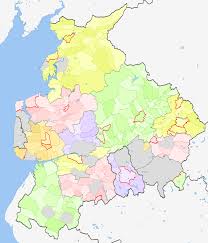
Lancashire
Nostalgia is a funny thing and draws you back to your roots and early childhood memories.
I haven’t been there for many years but still remember living as a child in a carefree environment walking the fields and picking blackberries each endless summer.
It was on 27th November 1295 when the county first sent its representatives to the English Parliament.
That was over seven hundred years ago and this date is now celebrated as Lancashire Day
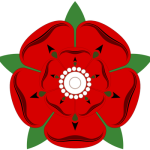
This is the symbol for Lancaster and comes from the War of the Roses. For years Lancaster was the county town but now it is Preston.
As you can see it is the icon for Old English Creations and I have it as my favicon as well. Not got much to do with crochet but more of a backstory piece.
The white rose is for York and Yorkshire. You know, where the puddings come from, so no white roses.
 Cook my Nana’s Lancashire Hot Pot
Cook my Nana’s Lancashire Hot PotThis is my grandmother’s recipe and we used to have it once a week as kids.
Lancashire Hot Pot is a casserole like meal prepared in one dish that can be kept warm for people coming home late.
It is made with the local ingredients from the area and is traditionally eaten on a weekday night.
It is a simple dish made from of lamb, onions, potatoes and sometimes turnips.
I haven’t made it for a while so the image is from wkkicommons free images
Your hot pot can be removed from the oven and kept warm to eat later in the day.
Serve with pickled red cabbage on the side.
She’s a lassie from Lancashire
Just a lassie from Lancashire.
She’s a lassie from Lancashire
Oh, so, dear.
Though she dresses in clogs and shawls,
She’s the prettiest of them all.
None could be rarer, or fairer, than Sarah,
The lassie from Lancashire.

Alison Heathcote, a passionate crochet enthusiast and dedicated business blogger, combines her love for crafting and entrepreneurship to inspire and connect with others.
With a knack for transforming yarn into beautiful creations and a flair for sharing valuable insights about running a successful crochet business, Alison embodies the perfect blend of creativity and practicality.
If you enjoyed this post and crochet is your thing, you may like some other crochet articles from our blog.
The page you requested could not be found. Try refining your search, or use the navigation above to locate the post.
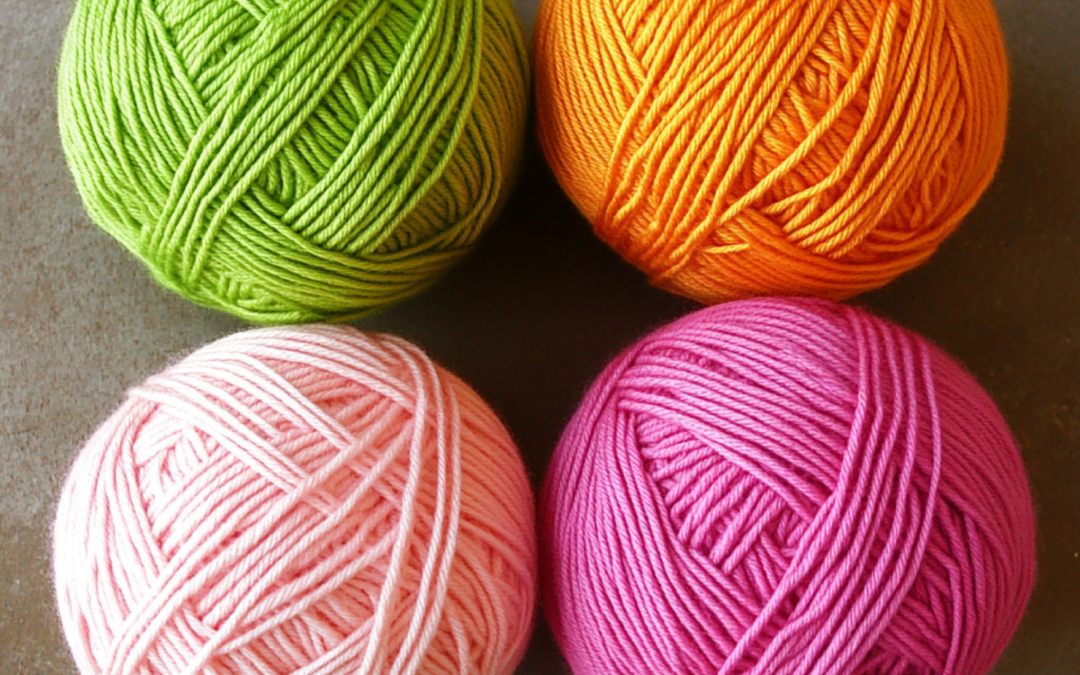
Author: Alison - Updated: November 2024 Crochet Basics Getting Started About Crochet Crochet is a vast subject. and you really need to know a few of the basics before you can really get into it. This post is just to go over a few of the basic points and in crochet...

Your First Crochet Sale Your first sale is defined as the one where you sell a hand-made crocheted item to someone you have never met. When you make your first sale it is one of the five steps towards building your prosperous crochet business. That initial sale can be...
The war between knitters and crocheters continues unabated.
If you are not a knitter or a crocheter you may not be aware of the subtle war that rages on in parlours and coffee shops across the land.
I was chatting with my friend Nicole at Canadian Frost Apparel the other day about this very issue.
Like most wars, there is a pointless tension between the knitters and the crocheters. No one knows when the animosity began, but it crept in and is seemingly here to stay.
Let’s get straight to the point.
Knitters use two needles with points. They may use a circular needle with points at both ends and a wire joining them, or, just to get tricky, they could use four double pointed needles for socks and tube-like things.
They have many stitches on their needles at once and sometimes hundreds for a large piece.
If they drop a stitch and it runs, it takes serious effort to retrieve it. Yes, knitted stitches will run away from their mistresses.
Knitters often feel superior to crocheters as though to knit is to be better in some way. Crocheters never look down on knitters but they see them as their crafty cousins. Both use the same yarns and buy their supplies at the same store.
You can have a “knitting bag” but who has heard of a “crocheting bag” I mean really.
Crocheters use one hook and yarn. The hook can have a thicker handle to aid tired hands and make the act of crocheting easier for extended periods of crafting. This feature on hooks makes crocheters calmer and relaxed.
Crocheters have one stitch on the go at once.
Crocheters can easily make a circle, square or any three-dimensional shape. In fact, crocheting has been used to demonstrate the Möbius strip-like in the March Möbius cowl, hyperbolic crochet and other spatial concepts.
If you can knit and crochet be careful in which camp you pitch you tent.
I once joined a knitting and crochet meetup group. When I arrived the eight women there were all knitting. As I took out my crocheting there were gasps of horror from the assembly.
Who was this woman? What was she doing here, and with a hook?
One pleasant looking woman turned and said to me, “Oh, can’t you knit?”
I replied, “Yes I can knit, but not tonight. I’m enjoying my crocheting time.” Gulp.
I can knit and crochet. But, these days I prefer crocheting. It is easy and quick. I can do small squares everywhere I go and take them home to create a beautiful blanket or lapghan.
I can crochet in the car or trapped in an aeroplane seat at 35000 feet. Here I have to use bamboo hooks as they get twitchy these days. But you can’t knit in a plane even with bamboo needles. It’s the point of the needle that annoys the authorities.
In the end you have to do what you like. Don’t be knitting because your mother did. If you prefer crocheting then forsake knitting for a while.
If you prefer the rhythm of knitting and can do it without looking then let that be your therapy.
Do what you love and love what you do. It will permeate into your items and the love will shine through your completed items whether you used a hook or needles. 💛
An easy poncho design is made by crafting two identical oblongs. In this design the the length is twice the width.
For example if the short side is 40cm then the long side should be 80cm. This would fit most women. For infants kids you can start with a 20cm to 30cm short side.
Then you sew them together offset and fold on the dotted line to join at the back as shown in the diagram below.
If you add a crochet border at the neck it will provide a better fit.
You can also create a polo neck to this ponch for cooler weather. If you don’t want so much fabric at the shoulder area you can add a drawstring that will make the whole garment adjustable.
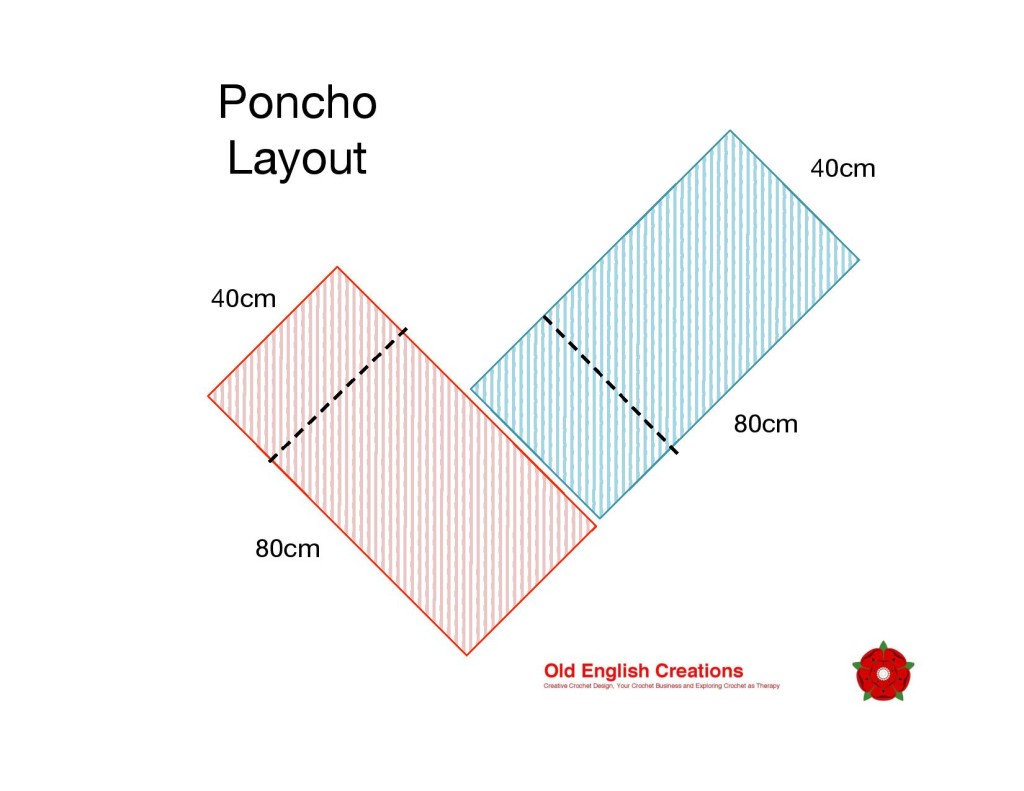
The two piece poncho design works well with stripes going lengthways. This draws the eye down towards the point thus elongating the look of elegance.
If the stripes go on the short side it makes the garment seem bulkier to the eye.
Any crochet pattern or striped stitches can be used to make the two simple rectangles and the possibilities are endless.
You can use granny squares as well.
Ponchos are great for kids and women.
You can easily ride a bike in a poncho.
Wearing a poncho at an evening bar-b-que is a good option to a pashmina which you always seem to need to hold.
A poncho is easy to wear as it does not have to ‘fit’ the body well.
Your poncho should be snug but have some room.
Ponchos are good for travelling on the bus or plane as they are light and comfortable to wear.
A poncho is a casual garment at best.
This item is not part of your business, work wardrobe but will form part of your weekend easy-going clothes.
I like to have a new poncho every autumn and I will usually crochet one in the fall colours that season.
I sometimes make my daughters one each as well although they don’t always want one, that doesn’t stop me. 🙂
If you keep a poncho too long it can look ratty and tatty.
When it gets old give it to the dog as a blanket.
Be careful of ponchos that hang too low in front.
You don’t want it flapping around you knees so you look like Clint Eastwood in a western movie.
The front point should lie at the same level (horizontally) as your finger tips when your hands are by your side.
Many ponchos have fringes which can be either all around the edge, are only tassels at the points, or only on two sides (left or right when facing front and back) of the point.
Watch out for garish colours and too many colour combinations in one poncho.
They look best with one, two or three colours only.
When you use colour in crochet you need to understand what works best.
If the darker colour is at the bottom and the lighter colours are at the top the garment is visually pleasing because the darker colours ‘ground’, or add visual gravitas, to the poncho at the widest part (the edge).
I like making ponchos almost as much as I love crafting shawls and wraps. You can see my easy Poulton Poncho pattern and Preston Poncho pattern (details coming soon).


Alison Heathcote, a passionate crochet enthusiast and dedicated business blogger, combines her love for crafting and entrepreneurship to inspire and connect with others.
With a knack for transforming yarn into beautiful creations and a flair for sharing valuable insights about running a successful crochet business, Alison embodies the perfect blend of creativity and practicality.
If you enjoyed this post and crochet is your thing, you may like some other crochet articles from our blog.
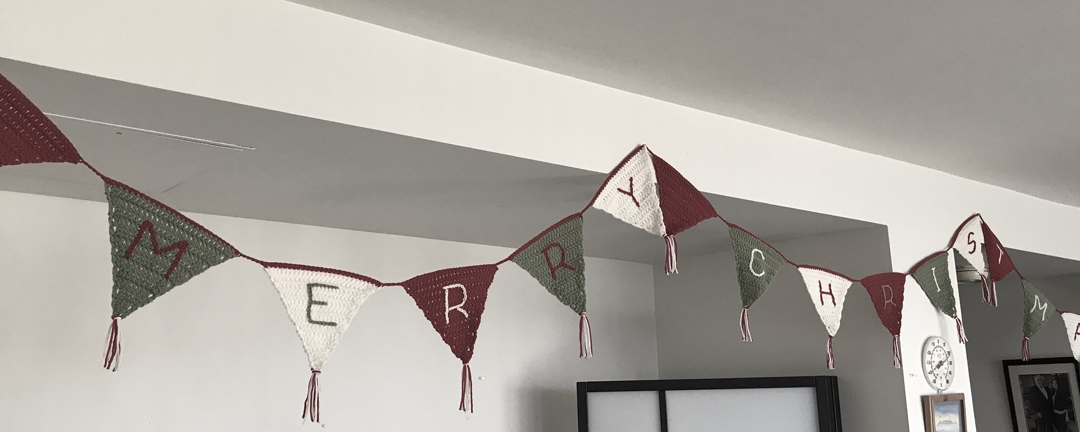
You will love to create this gorgeous Merry Christmas decoration for your home.
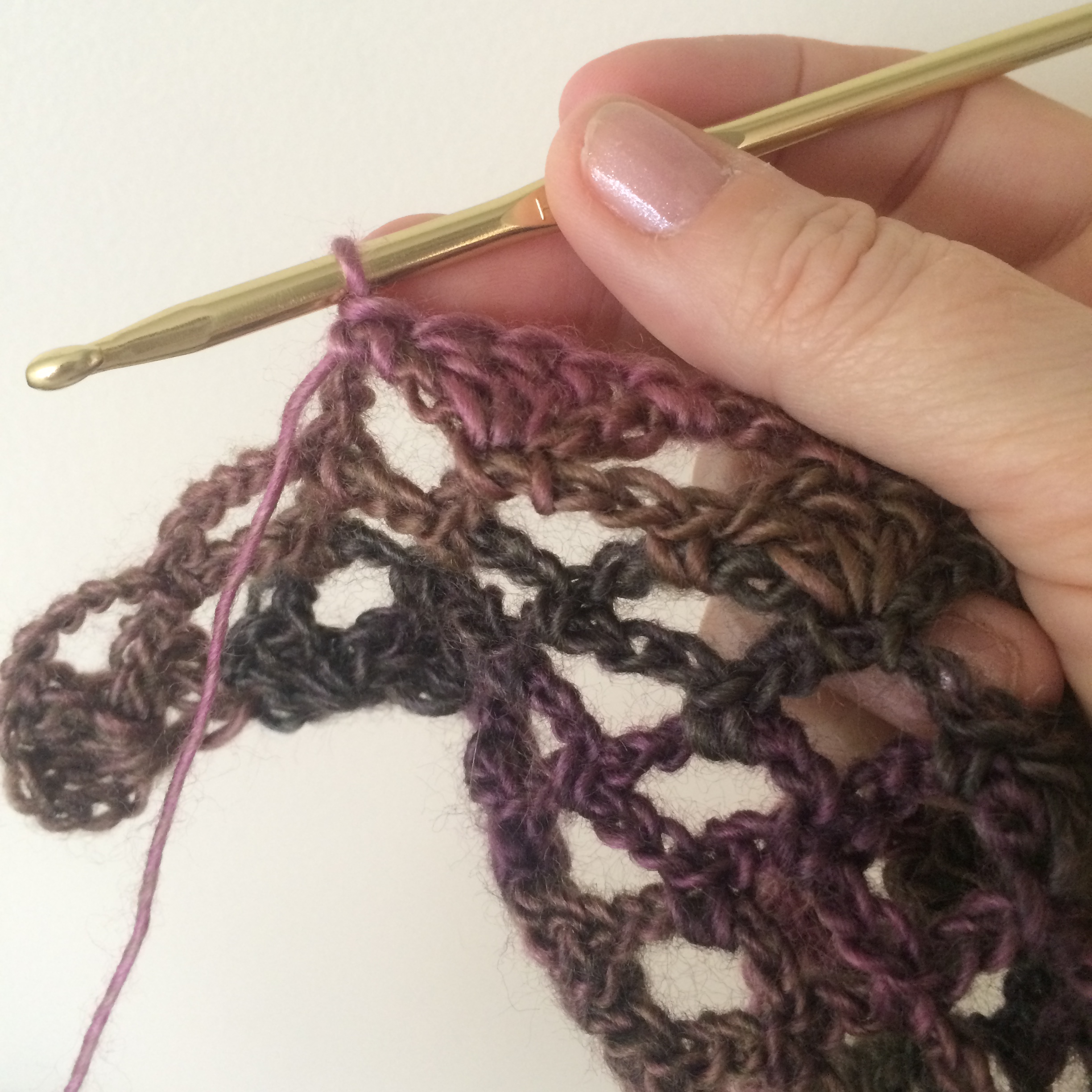
Author: Alison - Updated: February 2025 Repetitive Actions and the Comfort They Bring The Power of Repetition It Begins Repetition is a fundamental part of our human experience. From an early age, we find solace in familiar patterns. As children, we beg to hear the...

Author: Alison Heathcote - Published: February 2013 - Revised: January 2024 5 Steps These are five of the most important steps you can take to begin your prosperous crochet business. As you transition from being a hobbyist crocheter, and you are on the road...
Joe was married and had three kids at school. Joe’s skill was woodworking. His talent was crafting wooden doll‘s houses. With having two daughters he had made the first doll’s house when the girls were very young and they had hours of fun playing with it. Joe worked in a factory. He did not earn much and Christmas was coming.
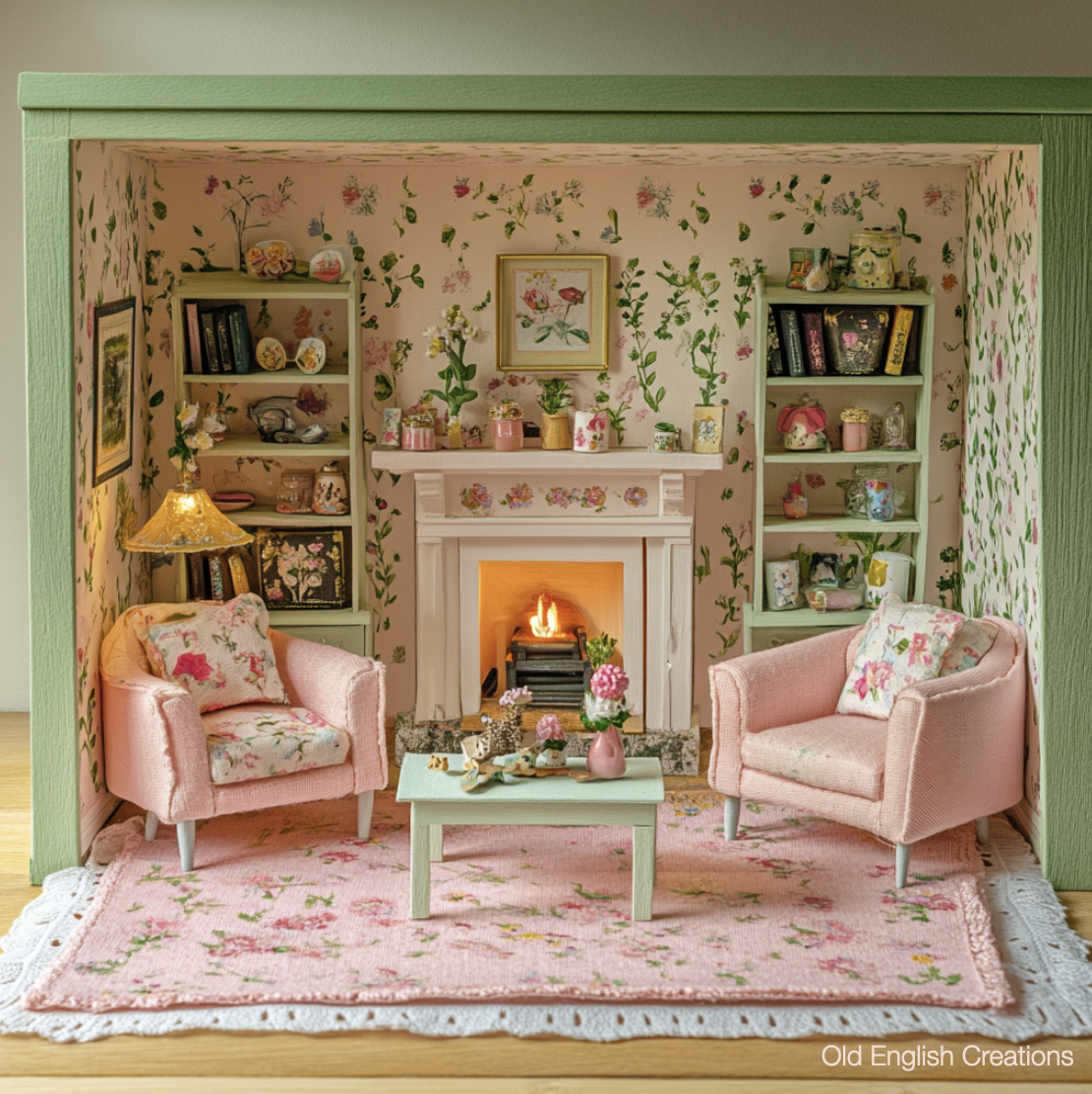
That year he designed a traditional doll’s house. The roof was painted in magic green and this set off the rustic style of the house beautifully. The side hinged out so a child could play with the dolls and furniture and live out a fantasy life in miniature.
One year Joe made a sample house and invited the neighbours around to see and hopefully to take orders. Joe got ten orders for his doll’s house that night. That meant he had four weeks to complete the work. He was excited. The next Monday be received an order or another five houses from the original people who had seen the sample house, and who had told their friends. And so it was. Joe had verbal orders to build fifteen wooden doll’s houses by Christmas Eve. He did.
He worked a forty-hour week at the factory and then every evening after dinner he started sawing and nailing wood in his garage. He worked every weeknight until midnight and all day at the weekend. It took time. Every piece was cut and sanded by hand. The sides were glued and nailed together. The paint had to dry. He took pride in his work.
He had bought all the materials he needed to make the houses for around $200. Joe planned to sell them for $20 each. So, his fifteen houses would be (15 x $20 = $300), giving him a profit of $100. This was the plan. In the end he made the fifteen doll’s houses.
He was paid for ten as he delivered them the day before Christmas Eve but did not get paid for the final five. Why, because he was too late in delivering them (the plan was Christmas Eve) but the people who had ordered the houses from him got nervous, that they would be let down, and so they bought other gifts for their kids. That meant they did not have the cash to pay for the doll’s houses they had ordered from Joe. In the end Joe broke even and was left with five doll’s houses.
Of course he may have broken even in the money numbers, but he was not compensated for all the work he had done for the past four weeks. That effort he was not paid for. He was tired and had no extra cash for his family for their Christmas meal and gifts. During the New Year he managed to sell the other houses, eventually.
This happens often that crafts people go into micro businesses (which is what it is if you make things to sell) not fully understanding the time commitment required and how to price correctly for their hand made goods.
Joe could have:
You can benefit from Joe’s story in your micro business. There are a few things you can do to improve how you manage you small craft business and I will discuss them in future posts.

Alison is a passionate crochet enthusiast and dedicated business blogger. She combines her love for crafting and entrepreneurship to inspire and connect with others.
With a knack for transforming yarn into beautiful creations and a flair for sharing valuable insights about running a successful crochet business, Alison embodies the perfect blend of creativity and practicality.
Read more about Alison’s crochet journey.
If you enjoyed this post and crochet is your thing, you may like some other crochet articles from our blog.
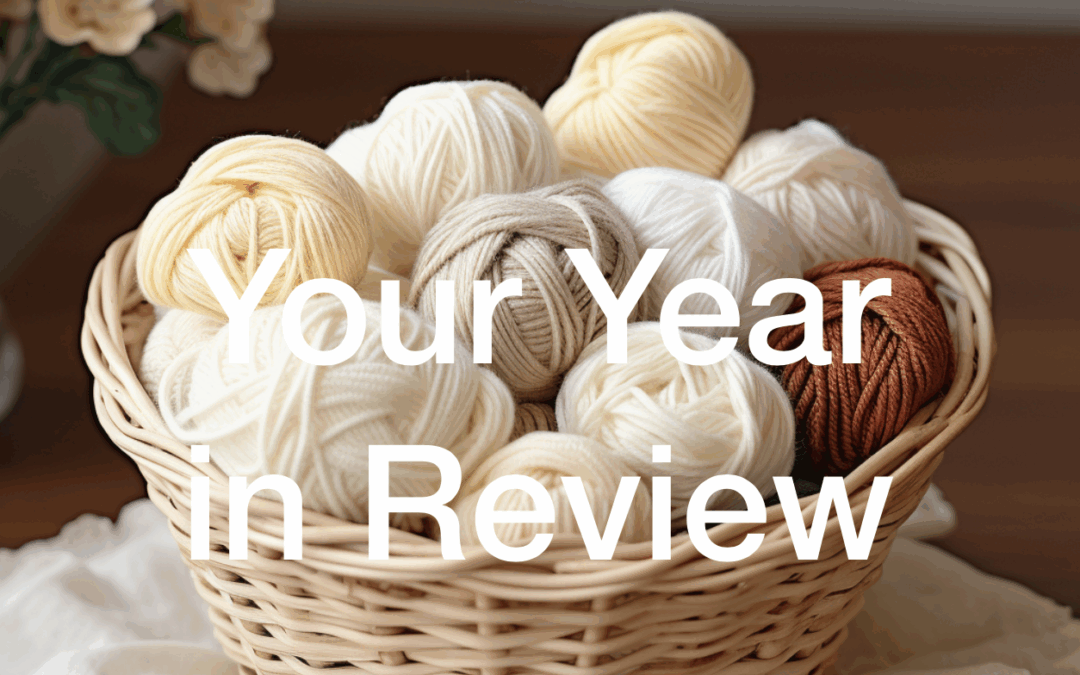
Author: Alison - Published: April 2013 - Updated: February 2025 Your End of Year Review Overview As the year comes to an end it is a great time to see where you are in your crochet micro-business and do a review. Looking back over the highlights of your year...
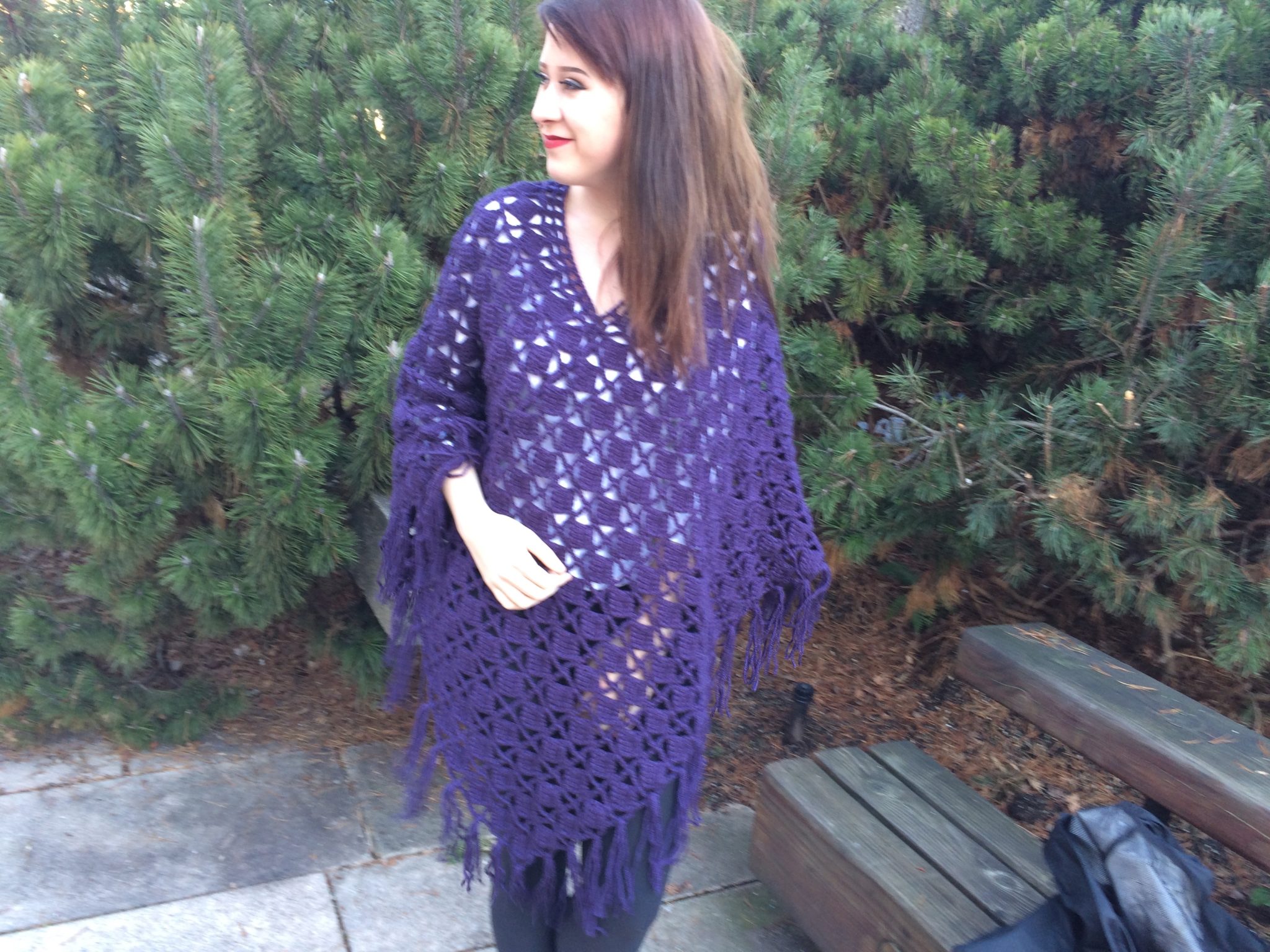
Discover about how modern poncho designs, with fronts and backs, are more flattering, streamlined and look good.
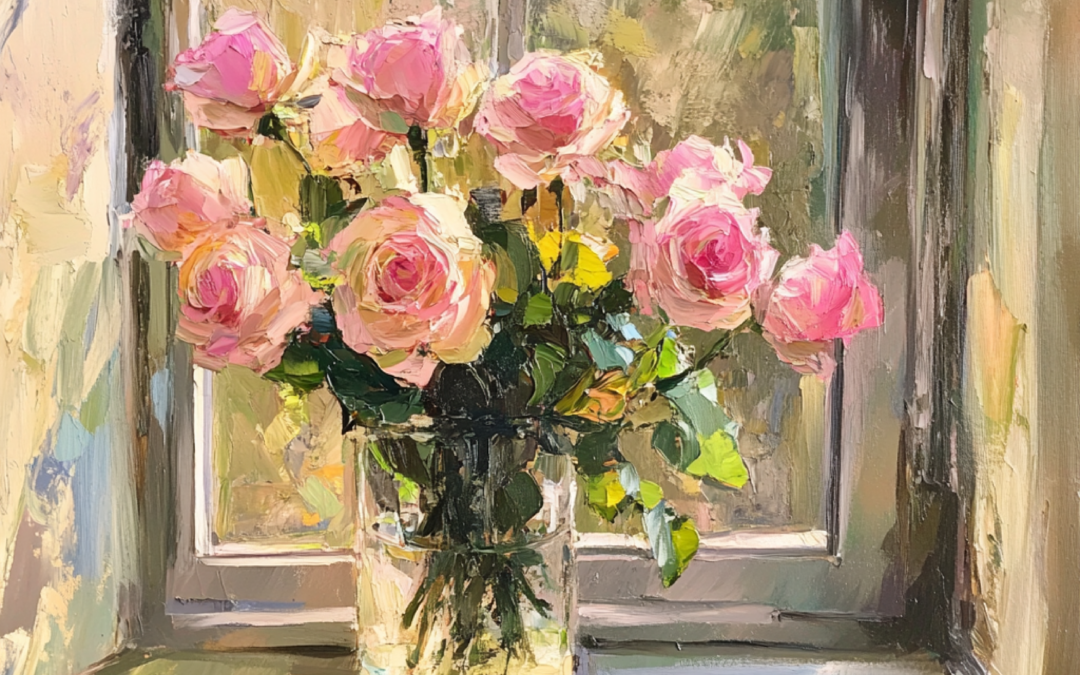
"The Calm Crochet" Newsletter Welcome to the Calm Crocheter Discover the art of crochet as self-care. At Old English Creations, we believe that crochet is more than a craft—it's a soothing ritual that nurtures your mind and spirit. Our Calm Crocheter newsletter is...